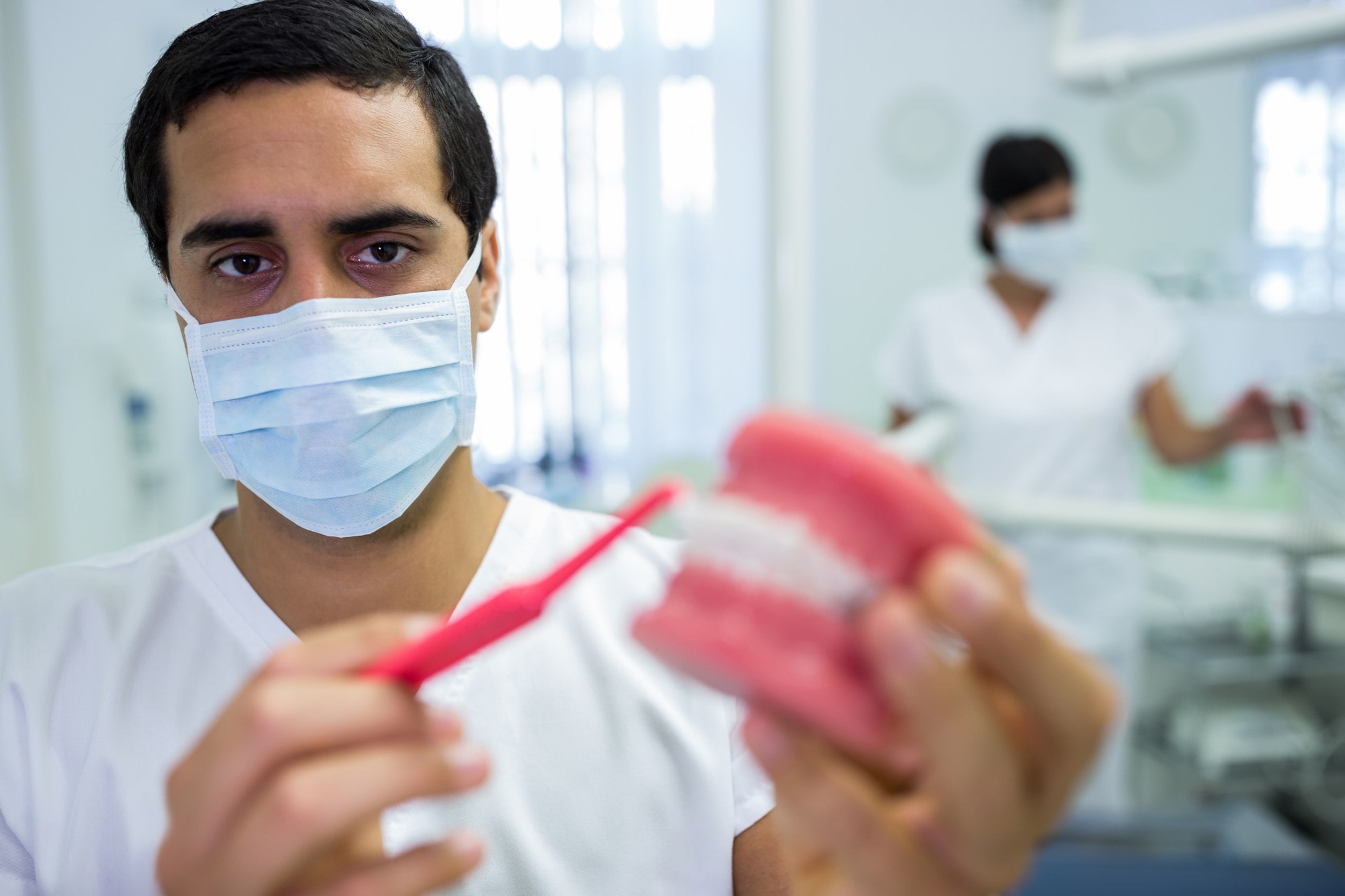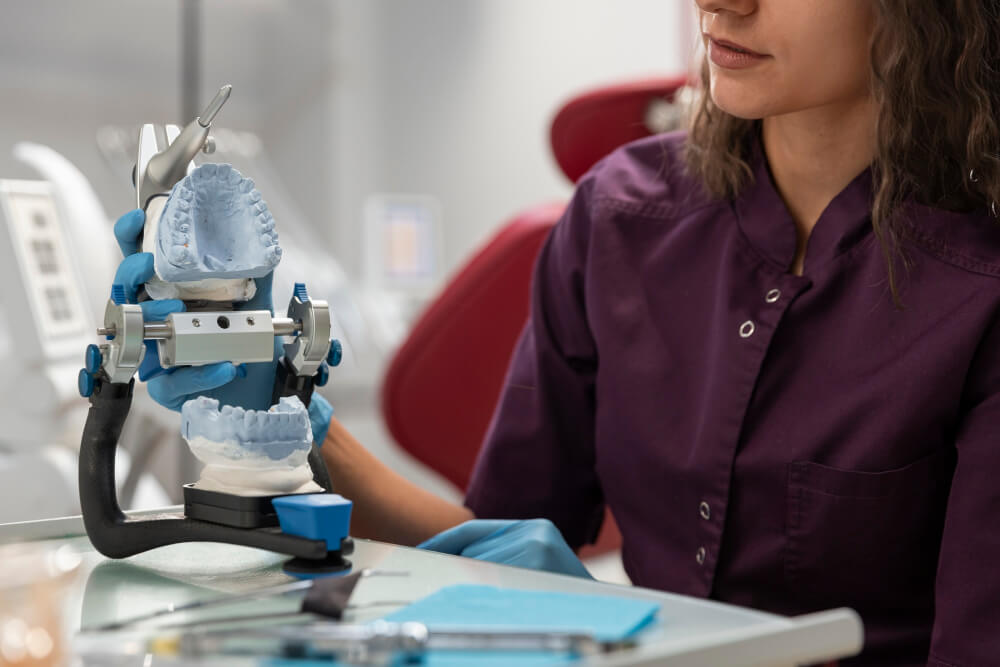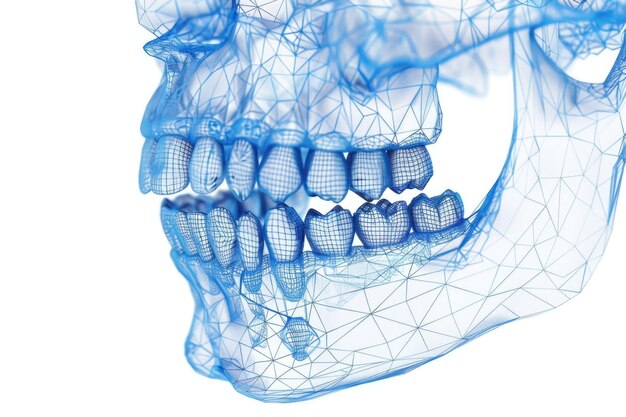Oral hygiene is a fundamental part of overall health, but for many individuals, maintaining proper dental care is a significant challenge. People with limited dexterity, mobility impairments, neurological conditions, or disabilities often struggle to hold and maneuver a traditional toothbrush effectively. This difficulty can lead to poor oral hygiene, plaque buildup, gum disease, and other serious dental health issues.
Fortunately, advancements in oral care technology have led to the development of assistive toothbrushes, designed specifically to help individuals who cannot brush independently or require additional support. These innovative toothbrushes include features such as hands-free brushing, automated cleaning, ergonomic grips, and adaptive technology, allowing users to maintain excellent oral hygiene with minimal effort.
One of the most significant breakthroughs in this space is the Assisteeze toothbrush, which is engineered for individuals with physical disabilities, neurological disorders, and mobility restrictions. By incorporating micro-motorized cleaning, automatic liquid dispensing, and programmable brushing settings, the Assisteeze toothbrush ensures a thorough and effortless cleaning experience, making oral care more accessible and independent.
This article explores various assistive toothbrushes, adaptive oral care devices, and the advantages of using specialized brushing equipment for individuals who need additional support in their daily oral hygiene routine.
1. Autodent Assistive Toothbrush: A Smart Solution for Hands-Free Oral Care
Traditional toothbrushes require a firm grip, controlled wrist movement, and precise brushing techniques to be effective. For individuals with arthritis, cerebral palsy, Parkinson’s disease, multiple sclerosis, or spinal cord injuries, these tasks can be challenging or even impossible to perform independently.
The Autodent assistive toothbrush is a revolutionary automated oral hygiene solution that eliminates the need for manual brushing. This innovative device is designed to clean teeth thoroughly using built-in motorized bristles, hands-free operation, and smart brushing technology.
Some of the key features of an Autodent assistive toothbrush include:
- Hands-free brushing mechanism: Users do not need to move the brush manually; the device uses automatic bristle movement to clean all teeth efficiently.
- Adaptive design: Suitable for individuals with limited mobility, sensory impairments, or cognitive challenges, ensuring that brushing is effective and comfortable.
- Multiple cleaning modes: Customizable settings allow users to adjust the speed, pressure, and cleaning intensity based on their personal needs.
- Rechargeable and easy-to-use: Many models are battery-operated or USB-rechargeable, making them convenient for everyday use.
The Autodent assistive toothbrush is an excellent option for those who need a reliable, effortless way to maintain oral hygiene without struggling with a traditional toothbrush.
2. Toothbrush Assistive Device: Making Oral Hygiene More Accessible
For many people with disabilities or medical conditions, traditional toothbrushes are not designed with their needs in mind. A toothbrush assistive device is specifically engineered to address the barriers that prevent individuals from brushing effectively. These devices come in various forms, each tailored to different challenges faced by users.
Some of the most popular toothbrush assistive devices include:
- Electric toothbrushes with extended handles: Designed for individuals who have difficulty gripping or reaching their teeth properly, these brushes provide ergonomic grips and long handles to improve control.
- Mouthpiece toothbrushes: These devices use U-shaped silicone bristles that clean all teeth simultaneously using ultrasonic vibrations, making them ideal for individuals who cannot maneuver a traditional toothbrush.
- Suction toothbrushes: Perfect for individuals who cannot spit or swallow easily, suction toothbrushes remove excess saliva and toothpaste while cleaning the teeth.
- Adaptive brush holders: Attachments that allow users with poor grip strength or muscle control to hold a toothbrush more easily, reducing strain on the hands and fingers.
Using a toothbrush assistive device significantly improves oral health outcomes, reducing the risk of tooth decay, gum disease, and infections for individuals who struggle with manual brushing.
3. Toothbrush Adaptive Equipment: Customizing Oral Care for Individual Needs
Not all disabilities or physical impairments are the same, which is why toothbrush adaptive equipment is essential for providing personalized oral care solutions. These tools and accessories allow individuals to modify their oral hygiene routine to fit their specific needs, ensuring that they can clean their teeth effectively and comfortably.
Some of the best adaptive toothbrush solutions include:
- Large-handled toothbrushes: These are designed for individuals with limited grip strength, making it easier to hold and maneuver the brush without strain.
- Angle-adjustable toothbrushes: Featuring bendable or flexible heads, these toothbrushes help users reach all areas of the mouth, particularly for those with limited arm or wrist mobility.
- Power-assisted toothbrushes: Unlike regular electric toothbrushes, these models include programmable settings that automatically adjust brushing motions, making them more effective for users with neurological conditions.
- Hands-free toothbrush systems: Devices such as Assisteeze provide a fully automated oral care experience, allowing users to maintain their dental hygiene independently without requiring precise hand movements.
By integrating toothbrush adaptive equipment into their daily routine, individuals with disabilities, chronic conditions, or limited dexterity can significantly improve their oral health and overall well-being.
4. The Advantages of Using an Assistive Toothbrush: A Smarter Approach to Oral Care
While traditional toothbrushes work well for most people, they do not accommodate the needs of individuals with physical challenges, neurological conditions, or mobility impairments. That is why assistive toothbrushes are essential—they provide a smarter, more effective approach to oral hygiene that ensures everyone, regardless of ability, can maintain their dental health.
One of the leading innovations in this field is the Assisteeze toothbrush, a hands-free, fully automated toothbrush that is specifically designed for individuals who struggle with manual brushing. Some of its key advantages include:
- Micro-motorized bristles that clean teeth thoroughly without requiring manual brushing movements.
- Liquid dispensing technology that eliminates the need to squeeze toothpaste tubes, making it ideal for users with limited hand mobility.
- Programmable brushing modes that adapt to different oral care needs, ensuring a personalized and effective cleaning experience.
- pH monitoring sensors that track oral health indicators and alert users about potential issues such as acidic conditions that lead to cavities and enamel erosion.
With these advanced features, Assisteeze provides a level of efficiency, independence, and convenience that traditional toothbrushes cannot match.
By using assistive toothbrushes, individuals who struggle with dexterity challenges, arthritis, muscular disorders, or disabilities can achieve better oral hygiene without the frustration or discomfort of manual brushing.
Conclusion
Oral hygiene is essential for preventing cavities, gum disease, and other health complications, but for many individuals with physical limitations, brushing can be a difficult or impossible task. Fortunately, assistive toothbrushes and adaptive oral care devices are transforming the way people approach dental hygiene, offering hands-free solutions, ergonomic designs, and automated cleaning technologies that make oral care more accessible than ever before.
From Autodent assistive toothbrushes and suction toothbrushes to smart hands-free devices like Assisteeze, there are now innovative solutions available for individuals who require assistance with their oral hygiene routine. These products ensure that everyone, regardless of their physical ability, can maintain a healthy and confident smile.
By embracing modern dental care technology, individuals with limited dexterity, disabilities, or mobility challenges can enjoy a higher quality of life, improved oral health, and greater independence when it comes to daily hygiene routines.




